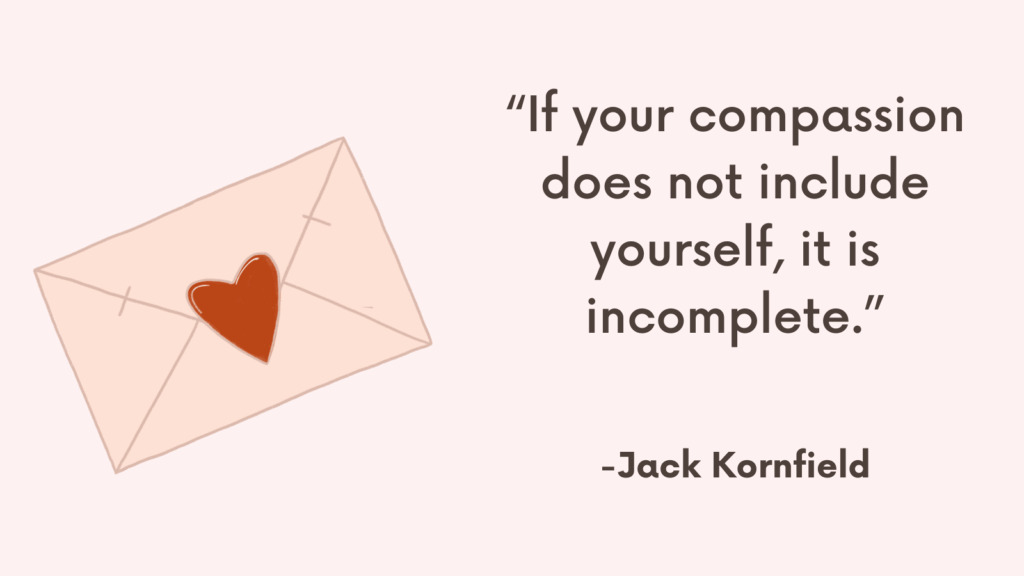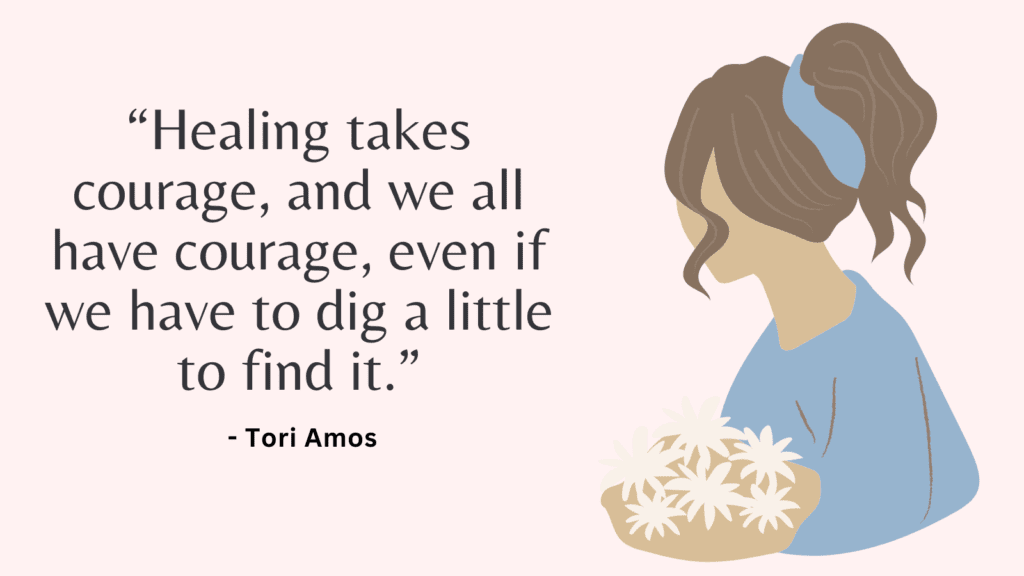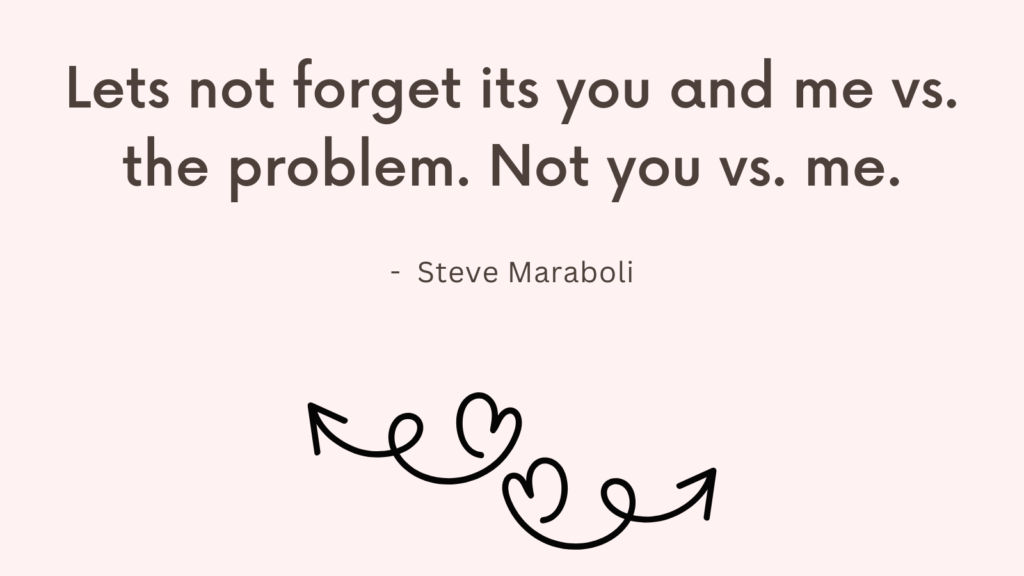This post contains some of the best tips for healing fearful avoidant attachment.
9 Signs of Fearful Avoidant Attachment
Fearful avoidant attachment, also known as disorganized attachment, is a specific attachment style that develops in childhood and affects the way individuals form and maintain relationships throughout their lives.
It is characterized by conflicting emotions and behaviors towards close relationships.
Signs of fearful avoidant attachment can manifest in various ways, and it’s important to remember that everyone’s experiences may differ.
Here are some common signs that may indicate a fearful avoidant attachment style:
1. Ambivalence towards relationships
Fearful avoidant individuals often experience conflicting emotions when it comes to relationships.
They desire closeness and intimacy but fear getting too close and being rejected or hurt.
2. Mixed signals and behaviors
Fearful avoidant individuals may exhibit contradictory behaviors in relationships.
They might alternate between pushing people away and seeking reassurance or connection.
3. Fear of intimacy
There is often a deep-rooted fear of intimacy in fearful avoidant individuals.
They may struggle with allowing themselves to fully open up and be vulnerable with their partners.
Related: Dismissive Avoidant vs. Fearful Avoidant
4. Distrust and skepticism
Due to past experiences or traumas, individuals with fearful avoidant attachment may have difficulties trusting others.
They may harbor a deep skepticism about people’s intentions and struggle to believe in the stability and genuineness of relationships.
5. Independence and self-reliance
Fearful avoidant individuals may prioritize independence and self-reliance to protect themselves from the potential pain and disappointments of relationships.
They may have a strong need for personal space and find it challenging to rely on others for emotional support.
6. Emotional highs and lows
A person with fearful avoidant attachment may experience intense emotional ups and downs in relationships.
They may swing between moments of intense closeness and moments of emotional withdrawal or detachment.
7. Difficulty expressing needs
Fearful avoidant individuals may struggle to express their needs and desires in relationships.
They may fear rejection or believe that their needs will not be met, leading them to remain silent or dismiss their own needs altogether.
8. Tendency towards self-sabotage
Due to underlying fears and insecurities, individuals with fearful avoidant attachment may engage in patterns of self-sabotage in relationships.
They may create distance or sabotage potentially healthy connections as a way to protect themselves from potential pain or rejection.
Related: 10 Steps To End Fearful Avoidant Chase
9. Anxious and avoidant behaviors
Fearful avoidant attachment shares characteristics with both anxious and avoidant attachment styles.
This means that they may exhibit anxious behaviors (e.g., excessive worrying, need for reassurance) as well as avoidant behaviors (e.g., emotional withdrawal, fear of commitment).
It is worth noting that these signs are not definitive and can manifest differently in individuals.
Top 10 Tips for Healing Fearful Avoidant Attachment
Here are some scientific suggestions to help you in your healing process:
#1. Recognize and understand your attachment style
Educate yourself about fearful avoidant attachment and its impact on your relationships.
Understanding the underlying reasons behind your fear of intimacy and rejection can help you gain insight into your patterns and provide a foundation for healing.
#2. Seek therapy
Consider working with a therapist who specializes in attachment issues.
Therapies such as attachment-focused therapy or schema therapy can help you explore and address core beliefs and emotions contributing to your fearful avoidant attachment.
A qualified therapist can provide guidance and support throughout your healing journey.
#3. Challenge your fears
Identify and challenge the fears that hold you back from forming close relationships.
Reflect on past experiences to identify any traumatic events or negative beliefs that contribute to your fear of intimacy and rejection.
The following are some common fear people with a fearful avoidant attachment style share:
1. “I am unworthy of love and acceptance”:
Challenge this belief by challenging its source. Reflect on any past experiences or negative relationships that may have contributed to this belief. Seek evidence that contradicts this belief, such as instances where you have received love and acceptance from others.
2. “I will always be abandoned”:
Challenge this belief by examining its validity. Explore instances where people have consistently shown up for you, demonstrating that not everyone leaves. Engage in open and honest communication with your loved ones about your fears and concerns, fostering a sense of security and reassurance. Work on building trust gradually and allow yourself to rely on others.
3. “I cannot depend on others”:
Challenge this belief by challenging the assumption that everyone is unreliable. Recall examples of supportive and dependable relationships in your life. Start small and practice relying on others for support and assistance. Recognize that healthy interdependence is a natural aspect of secure relationships.
4. “I am better off alone”:
Challenge this belief by exploring the potential benefits and joys of being in healthy, fulfilling relationships. Consider the support, companionship, and growth opportunities that can come from having close connections. Engage in activities or join groups where you can meet like-minded individuals who share your interests.
5. “Emotional intimacy is dangerous”:
Challenge this belief by gradually exposing yourself to emotional intimacy in safe and controlled situations. Start by sharing your thoughts and feelings with trusted friends or a therapist. Observe how opening up leads to deeper connections and a greater sense of emotional fulfillment. Practice self-care and setting healthy boundaries to ensure your emotional safety.
Related: Negative Core Beliefs List (& 8 Tips On How To Challenge Them)
#4. Develop self-compassion
Cultivate self-compassion and practice kindness towards yourself.
Recognize that your attachment style developed as a response to past experiences and that you deserve love and healthy relationships.
Engage in self-care activities that promote self-esteem and self-worth.
#5. Practice vulnerability
Gradually practice being vulnerable with safe and trustworthy individuals.
Start small by opening up about your thoughts and feelings, and gradually increase the level of intimacy in your relationships.
It’s important to communicate your boundaries and needs while allowing yourself to be seen and understood.
#6. Improve emotional regulation skills
Learn techniques to regulate your emotions effectively.
This can include mindfulness practices, deep breathing exercises, and engaging in activities that help you feel grounded and centered.
Developing emotional regulation skills can help you manage anxiety and fear in relationships.
Related: Dysregulated Nervous System: Top 9 Signs & How to Heal
#7. Work on self-esteem
Address any underlying self-esteem issues that may contribute to your fearful avoidant attachment.
Engage in activities that boost your self-worth, such as setting and achieving personal goals, surrounding yourself with supportive people, and engaging in self-reflection and self-affirmation exercises.
#8. Develop secure relationships
Foster healthy and secure relationships with individuals who demonstrate secure attachment styles.
Surrounding yourself with emotionally available and supportive people can provide you with positive relationship experiences that challenge your fearful avoidant tendencies.
#9. Practice effective communication
Develop healthy communication skills that allow you to express your needs, emotions, and boundaries assertively and honestly.
Effective communication promotes understanding and fosters secure attachments in relationships.
#10. Stay committed to your healing journey
Healing from fearful avoidant attachment takes time and effort.
Be patient with yourself and acknowledge that progress may be gradual.
Celebrate small steps towards growth and continuously commit to self-improvement and self-awareness.
Related: Affective Responsibility: Examples and Ways to Cultivate It

What Causes Fearful Avoidant Attachment?
Fearful avoidant attachment typically develops during early childhood and is a result of both innate predispositions and environmental experiences.
Understanding the causes of fearful avoidant attachment can shed light on its development and help individuals navigate their relationship patterns.
1. Early Childhood Experiences
Early experiences play a crucial role in shaping attachment patterns.
Fearful avoidant attachment often stems from inconsistent or abusive caregiving, including neglect, emotional or physical abuse, or witnessing domestic violence.
These experiences can create a confusing and unpredictable environment, leading the child to develop conflicting feelings towards their caregivers and an inability to trust others.
2. Parental Attachment Styles
The attachment style of the primary caregivers significantly influences the attachment style of the child.
Parents who have unresolved traumas or unresolved attachment issues themselves may struggle to provide consistent care and emotional support to their child.
For example, parents with unresolved trauma may alternate between being intrusive and neglectful, leaving the child feeling confused about their caregivers’ availability and reliability.
3. Genetic and Temperamental Factors
Some individuals may have a genetic predisposition towards developing a fearful avoidant attachment style.
Certain temperamental traits, such as high sensitivity or emotional reactivity, can increase the likelihood of developing this attachment style.
While genetics and temperament set the foundation, the specific manifestation of fearful avoidant attachment is heavily influenced by environmental factors.
Related: Earned Secure Attachment: What Is It And How To Become More Securely Attached?
4. Traumatic Experiences
Traumatic experiences, especially those involving close relationships, can contribute to the development or reinforcement of fearful avoidant attachment.
This might include instances of betrayal, abandonment, or emotional or physical abuse within relationships.
These traumatic events create a heightened sense of fear, leading individuals to adopt avoidance strategies to protect themselves from further harm.
5. Cultural and Societal Influences
Cultural and societal norms can also influence attachment styles.
In some cultures, emotional expression and dependency are discouraged, leading individuals to develop an avoidant stance towards relationships.
Social or economic disparities, such as limited resources or unstable living conditions, can additionally impact attachment development, making it harder to form secure attachments.
It is important to note that the causes of fearful avoidant attachment are complex and multifaceted.
It is rarely caused by a single factor but rather arises from a combination of genetic, temperamental, and environmental influences.
Related: Top 7 Tips On How To Create A Conscious Relationship Using ACT
FAQs
Can fearful avoidants have healthy relationships?
Yes, but it takes self-awareness, intentional work, and often professional support. Healing is possible, especially when both partners are committed to growth.
Why do I idealize people one minute and distrust them the next?
Fearful avoidants struggle with black-and-white thinking. People are seen as either completely safe or completely dangerous depending on small shifts in behavior.
Is it normal to feel numb or detached after arguments or hurt?
Yes, emotional shutdown is a common defense. It’s your brain’s way of protecting you when emotions feel too overwhelming to process in the moment.
Do fearful avoidants always attract toxic partners?
Not always, but without healing, you might unconsciously gravitate toward relationships that feel “familiar”—even if they’re unstable or emotionally unsafe.
Why do fearful avoidants often feel overwhelmed in healthy relationships?
Because consistency and real intimacy can feel unfamiliar. You might be waiting for the “other shoe to drop,” even when things are safe and good.
Can fearful avoidants heal without being in a relationship?
Yes. Healing begins internally—learning to regulate emotions, build self-trust, and recognize your worth independently of others.
What’s one small step I can take today?
Practice noticing when you feel yourself pulling away or panicking—and instead of judging yourself, gently ask: “What do I need to feel safer right now?” Small acts of self-understanding build a foundation for real change.
Conclusion
Fearful avoidant attachment is characterized by a fear of both intimacy and rejection, leading individuals to exhibit conflicting behaviors in relationships.
Healing from fearful avoidant attachment can be a transformative journey towards developing healthier and more fulfilling relationships.



